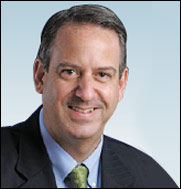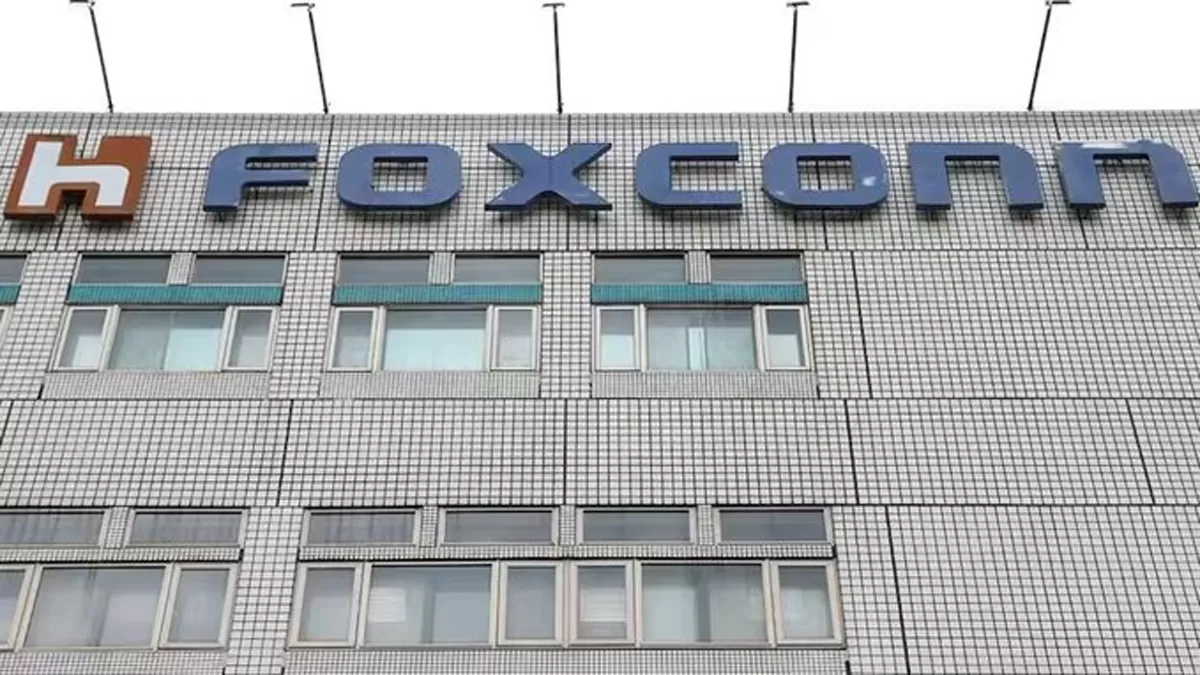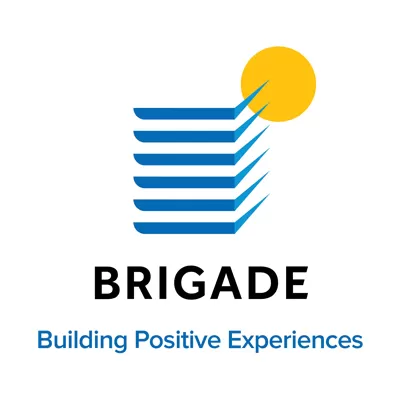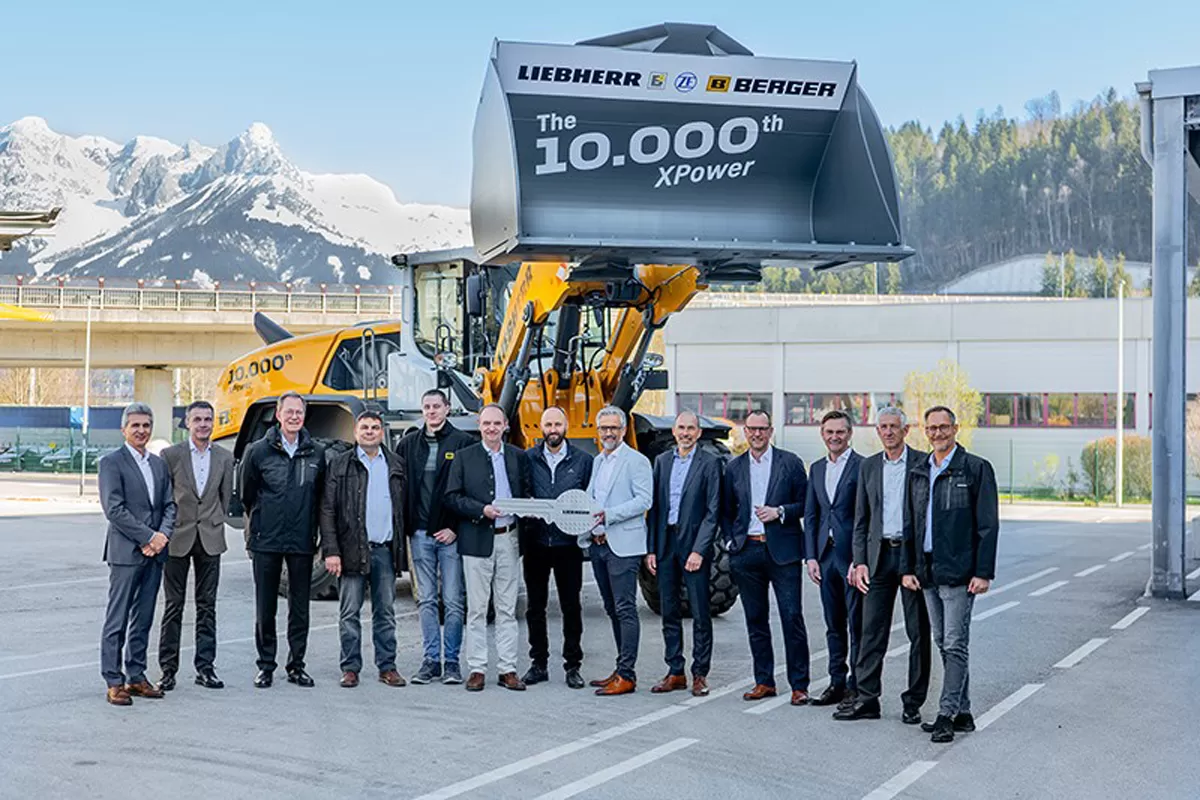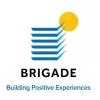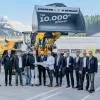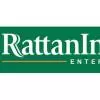We can reduce energy consumption by over 30 per cent.
01 Oct 2013
10 Min Read
CW Staff
Ross B Shuster, President-Asia, UTC Climate, Controls and Security
United Technologies Corporation (UTC) is a multi-national corporation that offers a broad range of high-technology products and support services to diversified business verticals. Its commercial businesses include UTC Climate, Controls and Security (CCS) and Otis elevators and escalators, and its aerospace businesses include Sikorsky Helicopters and Pratt and Whitney aircraft engines. Their leading business in the buildings sector is the UTC CCS unit that has, over the years, gained foothold in the Indian and the Southeast Asian market and is a leading provider of heating, ventilation, air conditioning, fire and security systems, building automation and controls. They first introduced the Carrier air conditioning systems in the Indian market in the 1930s and so the journey has continued. PRATAP PADODE, Editor-in-Chief, CW, in a tête-à-tête with Ross B Shuster, President-Asia, UTC Climate Controls and Security (CCS); Gaurang Pandya, Managing Director, UTC CCS India Region and Zubin Irani, Senior Managing Director-Commercial Companies, UTC India and President, UTC CCS India…
Tell us about your acquisition and integration strategy in India.
Shuster: Buildings across the world have dealt with discrete systems such as air-conditioning, advanced controls, elevators & escalators, detection, alarm, security and fire suppression. But there is immense value in integrating these systems that gives one the connectivity to move information back and forth. Two countries in the world where we see that trend happening are India and China. A lot of our acquisitions revolve around strengthening the ability to take the product what we already have and acquiring those companies, who are field integrators. So we use acquisitions to bring together different capabilities and competence into a single solution to serve our customers better. One instance is the acquisition we did about a year and a half ago of Sauter Race, now called Carrier Race. Our employees play a big role in the smooth transitions of acquiring companies and we want them to feel linked to our business strategies.
With the rise in mixed-use projects and townships, some systems are incorporated in the inception stage...
Shuster: The responsibility falls upon us, as a company offering these services to ensure that we are involved with the customers, developers or architects early on in the project. We should effectively communicate the value of these systems in bringing these projects together. This is primarily one reason why the integrated approach hasn't taken off in the past effectively because many companies providing it have not clearly demonstrated the value of how the systems work together. But UTC CCS is and will be more successful in demonstrating the interoperability of the systems in India and across Asia.
Given that buildings are the biggest consumers, what are the measures taken to create more energy efficient systems?
Shuster: According to multiple sources, about 40 per cent of the world's energy is consumed by buildings, and from all the buildings, approximately 40 per cent is consumed by HVAC systems. So if you do the quick math, as much as 15 per cent of the world's energy is consumed by HVAC systems. So we see it both as an opportunity and a responsibility. Responsibility because we are the pioneers of air conditioning; Willis Carrier is the inventor of air conditioners. We see it as an opportunity to reduce the energy consumption of a building by over 30 per cent with a payback period of about 12-18 months. Investors are willing to invest in projects with payback period of three years or less, given that we should be able to demonstrate the savings we promised them. But in countries like India that takes the long term view, they have a tolerance for a five year payback or more. So it is our obligation to come up with technology that makes business sense to investors.
We are specially focusing on different technologies and ways to create efficient equipment. A large part of our efforts are directed at creating algorithms and control strategies to make already efficient equipment to operate more efficiently. We can demonstrate this in one way by going into buildings that are three-four years old and reduce the HVAC energy consumption by as much as 30- 40 per cent by replacing old equipment with new efficient equipment and/or inserting control algorithm.
Also, on the other hand, we need to ensure that technology matches up with business proposition because ultimately, people who we are selling to are running business and they have stakeholders. They have an obligation to make sure there is a proper financial return.
Your company has consciously taken steps to cut down on ozone-depleting compounds...
Irani: On the refrigerant side, we are one of the leaders to switch over from HCFC to HFC, which has zero ozone depleting potential and in fact, in India and globally, Carrier was one of the first to make that transition. Even today, light commercial product ranges like ducted systems and cassettes systems use R22, which is HCFC but Carrier was amongst the first to introduce R4 10A HFC refrigerant in base products in India, manufactured in our Gurgaon factory.
Shuster: There are efforts to phase out ozone depleting refrigerants. While in the US and Western Europe, it has been phased out, the Montreal Protocol agreement allows developing countries a longer period to phase it out. So around 40-50 per cent of the Indian market is still using R22 and we are trying to accelerate the phase with suitable non-ozone depleting substitutes.
Irani: In India, when Bureau of Energy Efficiency (BEE) came out with voluntary star ratings for products, we took a call to move completely towards energy labelled products, which meant higher efficiency and adding cost to the product. This was an investment. This made the consumers aware about the payback and the energy efficiency features. So the consumers drove the demand and soon the industry moved towards it. Once consumers see value in it, they will drive the demand in the market, so at the end of the day, it makes business sense to be energy efficient.
How do you view the different growth rates for security automation in India?
Shuster: Security, which is not regulated as much, clearly requires an increased awareness and that awareness will increase the penetration of security technology into the Indian market. As far as security technology goes, the US or Western Europe spends about $133 per person for security. Whereas in markets like China, Russia or Brazil, it would be anywhere between $6-8 per person or much less. In India, it is as low as 90 cents per capita on security. But there is going to be a huge acceleration of security penetration in the society. It is just a by product of urbanisation; as people have more things to protect, the risks in the urban environment increases. This is where high growth potential for security automation is and this is one area where we see very strong increases in our revenues.
What are the trends you see particularly in India?
Shuster: We have a strong breadth of technology where we see opportunities growing faster than other areas, which also draw our investments and attention. One such area would be video security. We have a strong offering in access control and video. But we see video analytics in the whole area of video security growing very fast. In our Hyderabad Engineering Centre, where we have 170 engineers going to an excess of 200 in next year, a large part of what they do is focussed on video analytics and video capabilities. It is one area that will continue to grow very fast and we want to be a part of this opportunity.
Pandya: In India, one other area would be localisation of products of both the HVAC and fire systems where we have been investing heavily over the last few years and continuing to stay on track. The present level of localisation in terms of content or depending on the product will be anywhere from 30-50 per cent from a range perspective. We would like it to be as close to local captive as possible depending on the scale of technologies.
In a simple product, an AC, are there any different expectations in the emerging markets?
Irani: Absolutely, its performance, the robustness of the controls to withstand massive power fluctuations and the needs are very different in India when compared to China.
Shuster: We have some suppliers to whom we have given specifications. For most global products, one may respond as to why would anyone want to protect themselves against voltage spike? We have two design centres in India who take the core technology and adjust and modify it for the local customer needs. So that's one of our core strength to develop core technology, make large investments and develop local engineering centres to apply this technology to local conditions.
Expound on your plan to make India an export market facility.
Shuster: For engineering, we are already doing that. The Hyderabad Centre, as I mentioned earlier, will have in excess of 200 engineers next year. It is truly a global engineering centre with 95 per cent of their efforts directed towards global programmes. We are rebalancing that to allow more resources for local programmes but, in reality, it is a global R&D centre. Our engineering centres in Gurgaon which is an HVAC focused design centre has been approached similarly. It was originally set up to look at localisation and applications for India, but since last few years, we expanded that chapter to focus on R&D for light commercial products for the Asian region. We are well ahead of that trend. Also we are identifying and examining FX changes and if it makes Indian products more cost competitive for certain markets.
How important is India in UTC's global plan?
Shuster: We have a strong footprint in India. The economic slowdown is a small blip in the long path of what could be and the amount of increase in consumers just by the sheer population and we can see some trends which we benefit from and also help address urbanisation. Energy demand is a big issue and we see our efforts around offering energy efficient products and services.
Which is the biggest contributor to your business in Asia?
Shuster: The global size of UTC was $58 billion in 2012. So the climate controls and security portion of that $58 billion is roughly $18 billion. Within Asia, China is the biggest and globally, it stands at probably number two or three. Japan is a bigger market however, we have a JV partner in Japan where we are minority and so those revenues do not contribute to the 18 billion. Asia, on a consolidated basis, contributes to 15-20 per cent to our business and obviously, many of our growth markets from across the world are here in this market.
How is India's growth charted for the next five years?
Shuster: At the moment, there is a 90 cents per capita spent in India versus the $8 in China, so does it catch up in five years? Probably not! Does it catch up in 30 years? Probably. I would say, somewhere in between it is going to cross over that level. India has a large population that is increasingly well educated; and as the economies and the country continues to mature, it will certainly catch up with other countries, surpass many others and that is what we look at.
